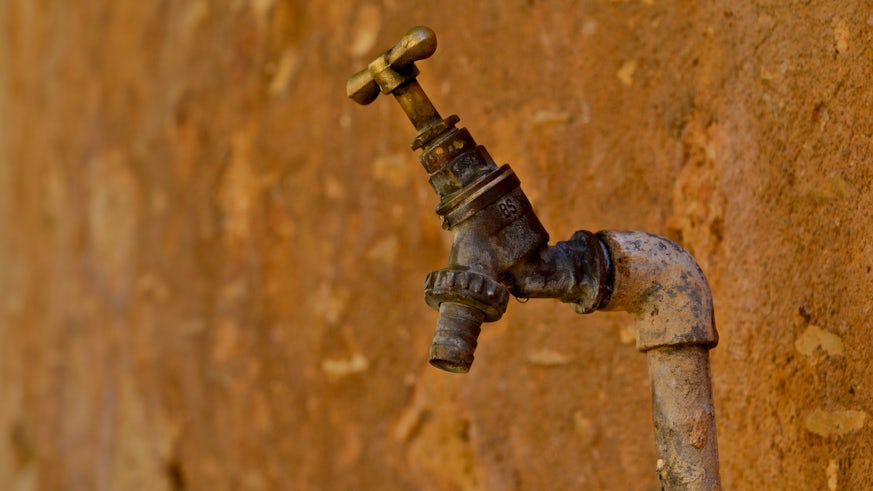Scientists shine new light on household water inequality
8 August 2022

New findings from the School of Earth and Environmental Sciences seek to understand the important dynamics of inequality within sustainable development.
Access to water and sanitation are recognised by the United Nations as human rights. Lack of access to safe, sufficient, and affordable water, sanitation and hygiene facilities has a devastating effect on the health, dignity, and prosperity of billions of people, and has significant consequences for the realisation of other human rights. Findings from a recent study seek to understand water inequality within the context of sustainable development.
Led by Dr Feng Mao of the School of Earth and Environmental Sciences at Cardiff University, an international team of researchers from Cardiff, North Carolina, Northwestern, and Birmingham universities and the HWISE Research Coordination Network studied inequality in the context of household water security. Water security requires availability of and access to clean and sufficient water. A major knowledge gap remains in understanding water security inequality and its dynamics within and across populations.
To begin addressing this issue, Dr Mao and his team looked at the ‘Kuznets Curve’. For decades, changes of income and economic inequality have been described by a concept called the Kuznets Curve, which hypothesises that as an economy develops, factors such as market forces first increase and then decrease economic inequality (i.e. inverted “U” shaped curve).
In the paper, published in Nature Communications, the team have suggested that this same relationship can be used to understand the inequality in global household water security. By analysing household survey data from 7,603 households across 28 sites in 22 low- and middle-income countries, Dr Mao and his team discovered that the inequality of household water security follows a Kuznets-like curve, suggesting that as water security grows, the inequality of water security first increases then decreases.
What is curious about this pattern is the inequality of water security has no such relationship with socioeconomic variables. It implies that non-economic factors, such as sustainable development levels, are sometimes more powerful than economic factors in indicating or changing the distribution of resources and services. Built upon this discovery, they propose the concept of the ‘Development Kuznets Curve’ to describe the non-linear dynamics of inequality in the sustainable development context.
“This research extends the conventional Kuznets Curve concept and encourages a more general rethink of development beyond economic terms,” said Dr Mao.
The study does not suggest that an increase in inequality is inevitable, nor does it imply the inequality problems would disappear effortlessly as a society continues to improve water security. Instead, the study provides evidence for policy makers and urges them to fully consider inequality challenges on the way to realising sustainability (e.g., ensuring water interventions do not further exacerbate entrenched inequalities and avoiding disparities in access and use when expanding water supply networks). The Development Kuznets Curve concept offers a new angle for policy makers to better design sustainable development practices and pathways.
David Hannah, one of the co-authors, Professor of Hydrology and UNESCO Chair in Water Science comments: “This important research has practical implications for understanding and taking action on water security to achieve fairer, more inclusive and sustainable development of water for all.”
Follow-up studies will further research the Development Kuznets Curve and try to reveal the causal mechanisms underlying the new pattern using more cases and observations including and beyond household water security.